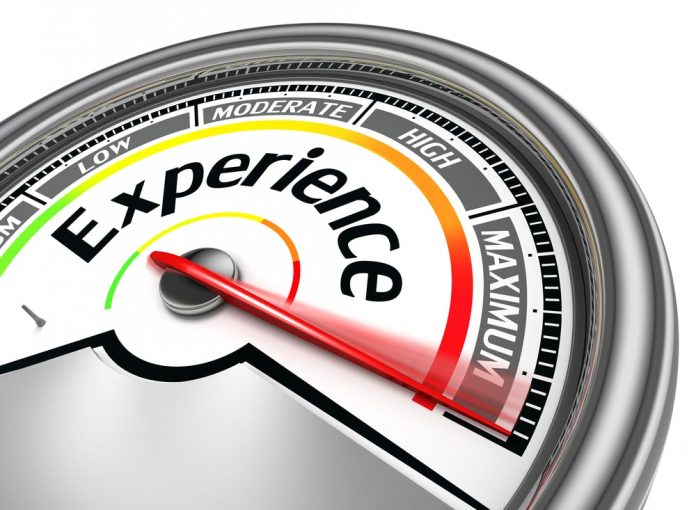In 2017, we found our customer experience consultancy Storyminers facing a problem many of our clients can relate to: our numbers were slipping. Referral rates were starting to decline. Prospects were decreasing in size.
By Mike Wittenstein
We therefore turned our work on ourselves by identifying key issues hampering our potential, asking clients what they valued most in order to identify our core values, and using that information to recraft our client experience and story.
Based on this experience (and experience with hundreds of clients), I’ve detailed the top five reasons why your CX may be failing— and what you can do to fix it:
1. You’ve Lost The Personal Touch
During our process of self-reflection, we realized that in our relentless drive towards efficiency, we had tried to automate too much. We had lost touch with our prospects and clients. The CRM we were using, Agile CRM, was part of the problem. It’s geared towards automating group communications and therefore hindered our efforts to nurture relationships on a 1:1 basis.
That’s why we switched to Nimble social CRM.
Nimble provides the social and business intelligence, sales enablement, and email tracking tools our team needs to communicate personably with prospects and clients. Now, we’re broadcasting less — but getting heard more. Nimble has changed how we work, and in turn, the quality of the experience we offer has dramatically improved.
What to do: turn your “selling experience” into a personalized “buyer’s experience.” It will feel more natural to prospects — and to you.
2. You’re Disconnected from Your Team
The most valuable thing you can do is walk around your workspace (or make some video calls) to ask people: How’s it going?
We gave our small teams (local and remote) the freedom to speak their minds. We didn’t argue. We just listened. When you dig into everyday problems, you’re able to spot trends and pinpoint issues. Maybe decision making takes too long, messages get lost, or there is a lack of follow through. When you see challenges from your employees’ and customers’ eyes, it becomes rather obvious what to do.
What to do: When something goes wrong, ask your team to share the impacts on them, on the customers, and on the business. Then, do the same thing when you catch things going right. The conversations will surprise you, and give everyone context to share so that ideation and implementation become easier.
3. You Fail to Put Yourself in Your Customers’ Shoes
Half of any transaction is about the service and the money; the other half is how people feel about your service or product. Do your customers feel valued and respected? Send out surveys then follow up by phone to learn what people want and value. In our case, we learned that our clients wanted:
- Less focus on processes, and more on outcomes.
- To see the future more clearly— and how to get there.
- Their teams to gain skills when working with us.
- Smaller engagement sizes at lower costs.
- Integrated services and ongoing support.
What to do: After conducting the surveys, consider which processes, offers, and services you can improve (or quit, or switch) to better match your clients’ and customers’ needs and expectations. Put their needs ahead of yours when considering changes.
4. You Get Too Wrapped Up in the Now
When you’re so busy working in the now, it’s difficult to imagine what disruptive changes you need to make in order to prepare to meet future expectations. Figure out what outcomes you want to make possible in the future with a story (told from the future’s point of view). Use storyboarding or role playing to flush out the nuances of the outcomes your clients and customers ask for, then figure out ways to make their desired stories a reality.
What to do: Once you envision this disruptive change, double check with your customers to see if this experience is something they value. Rather than an abstract strategy, give them a story that includes a “big picture” view of the potential future. They will tell if they believe this change can actually happen. Future-state stories and experience design can help you see where to go.
5. You Neglect to Bring Your Team Onboard
So, you’ve identified your future-state story— but you’re not done yet! The hard work is bringing the story to life.
What to do: Start with your employees. Tell them the future-state story, emphasizing the importance of the outcomes customers and clients want. Then, let them enrich the story by figuring out some of the processes they will be changing and executing. This collaboration will give a firm voice to your employees, which in turn will allow them to see their role in delivering a differentiated and higher-valued experience. It also creates a lot more teamwork—and delivers a more efficient workflow that you and your customers will benefit from.
Closing Thoughts
Change and self-reflection aren’t always easy – but they are often times necessary in order to improve your customer experience. In order to grow and better serve your customers, you need to recalibrate your immediate aim on the future, through which you can introduce disruptive change versus the present, which offers only incremental opportunities to change. While plotting your path forward, ensure that your team is onboard with the disruptive changes you envision, and retool your organization to align with these goals.
Mike Wittenstein is the founder and managing partner of StoryMiners, one of the world’s first customer experience design houses. Since then, he’s spent 30,000 hours helping leaders turn tough, high-stakes problems into game-changing opportunities using story and experience design.
Experience stock photo by donskarpo/Shutterstock







